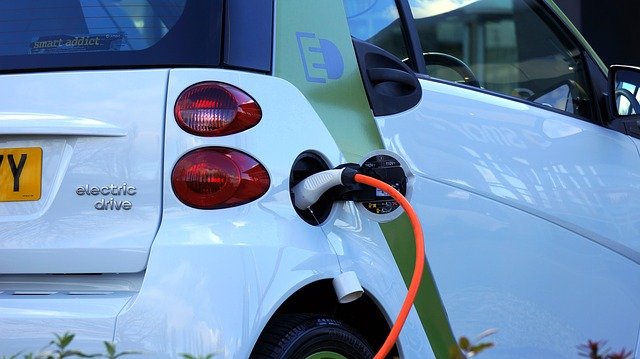
As the automotive industry makes the great shift to electric vehicles - or so the meteoric rise of Tesla and NIO in 2020 would have us believe - logistics businesses are finding themselves with a transportation headache. Traditional RoRo shipping simply doesn’t work for these vehicles, but why? And will it ever change?
The Lithium Problem
Lithium batteries are a remarkable invention. More eco-friendly than their alkaline equivalents, they also have exceptionally long lives and are rechargeable. But – and this is a big ‘but’ – when they go wrong, they do it in style. This was made very clear in 2010 when UPS Airlines Flight 6 was brought down by a lithium battery fire in the cargo hold, an event that ushered in a host of legislative changes regarding the safe transport of lithium batteries.
Increasing Regulation
Classed as ‘dangerous goods’, lithium batteries are subject to extensive international legislation. For shipping, the International Maritime Dangerous Goods Code (IMDG Code) is the primary document, within which electric vehicles with their batteries inside are classed as UN3481 or UN3171. The IMDG Code undergoes a two-year amendment cycle, which has been characterised by ever-tightening changes, and lengthy exclusion criteria.
As the law stands, electric vehicles have to have their batteries removed during RoRo transit in the majority of circumstances.
A Costly Headache For Roros
RoRo vehicular freight operates on a time-based efficiency to productivity ratio. As this video shows, speed is everything. Employees are trained and paid to load and secure the vehicles as quickly as possible, which requires minimal qualifications and guarantees an available workforce in any dockyard. As vehicle transport by RoRo frequently requires multiple port changes – e.g. if passage through the Suez Canal is required – being able to guarantee that only basic skills are needed to load and unload is part of the strategic business model.
The removal of electric batteries would not only require extensive retraining, it would also greatly extend the number of working hours required for transit. This in turn increases costs, pushing up prices for everyone involved.
A Containerised Solution
The containerised shipping of electric cars is currently the only viable solution. The ideal mechanism is the El-Rak, which enables the external loading of battery-less cars via forklift. With the El-Rak, up to four vehicles can be loaded into a single container without the need for any engines to be switched on. The lithium batteries can then be transported under a much more relaxed section of the IMDG Code, and the transport overall is much safer, as the risk of accidental ignition is minimal. The only training required for this process is a forklift qualification, which are in ample supply at every port. The high-grade racks are re-usable, resulting in an investment that keeps on sailing.
Will It Ever Change?
Based on the trajectory that the IMDG Code has taken over the last decade, no. At Trans-Rak we have been predicting the demise of the RoRo for many years, and everything is currently pointing in that direction. The future of shipping is already locked safely inside a container, and the electric vehicle market is fuelling its passage.
To learn more about how containerised racking solutions can get your fleet moving, have a chat with one of our technical sales team today.
Image source: Pixabay















